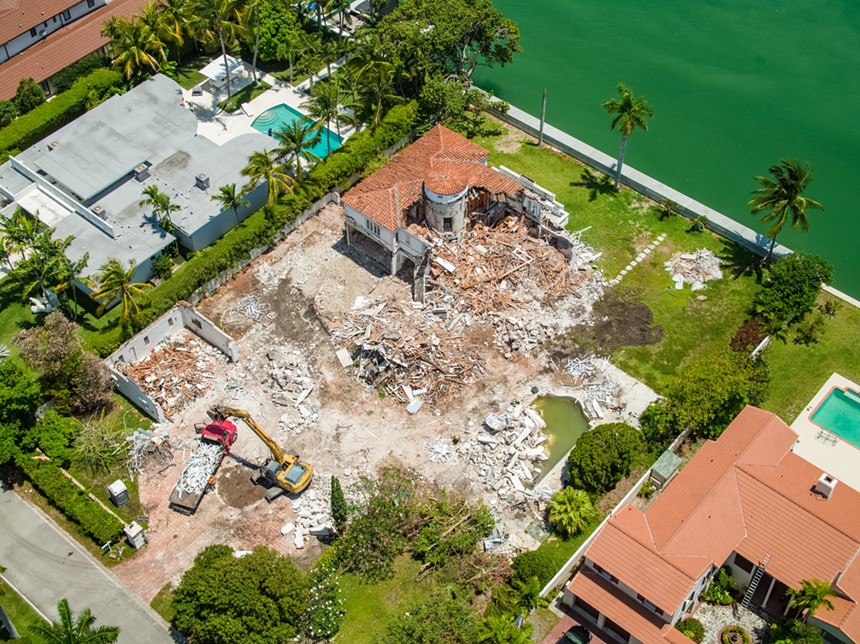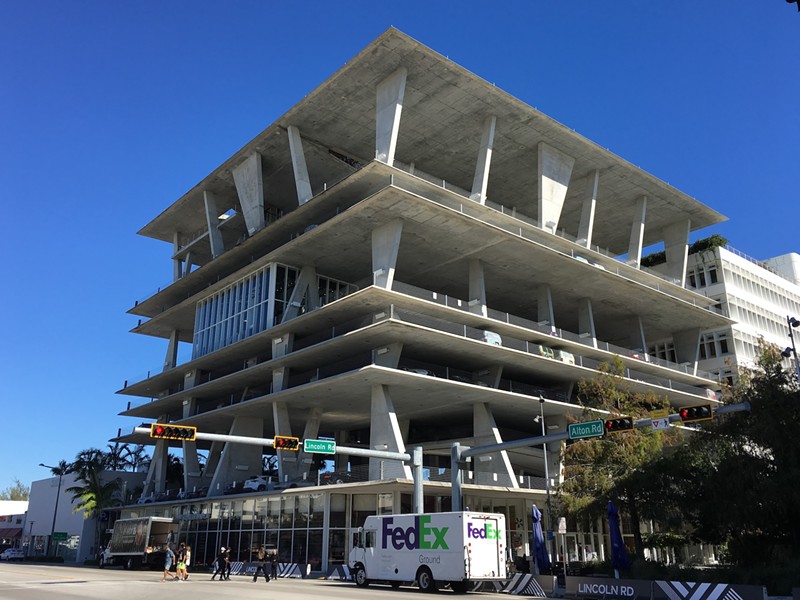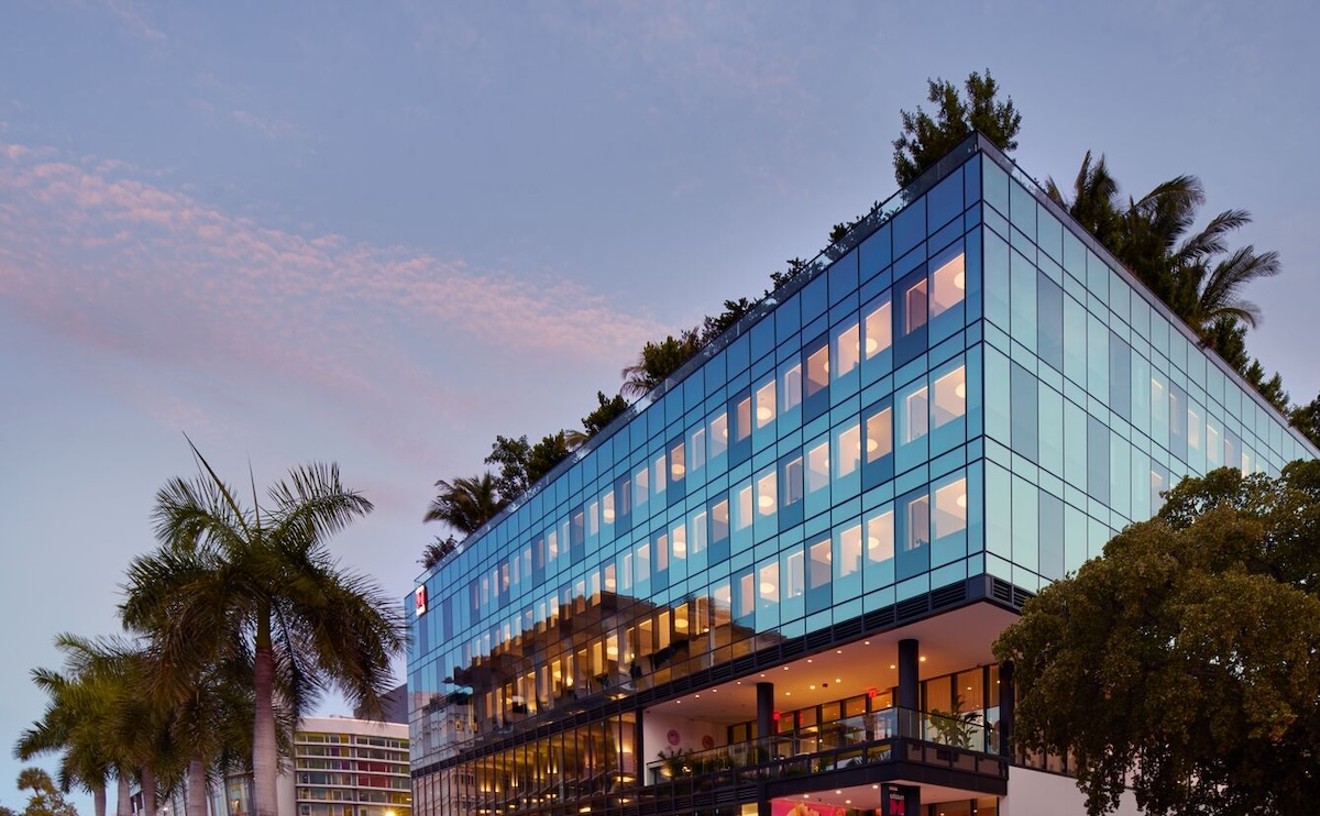Both sides have clear arguments, and no two buildings are the same. But when we take a step back and consider core issues like safety, stability, and purpose, we can reflect and form clear opinions on when something is worth preserving and when the time has come for something new to take its place.
Understanding That Design Is a Timeline
From city blocks to architectural buildings, design is a critical part of our environment. We've talked before about the architectural design styles you can find right here in Miami, and you likely know that there are designated groups currently rallying to save monuments of yore (ahem, Miami Marine Stadium). There's no denying it takes a lot of money, time, and energy to restore these old structures. However, it's a bit interesting to reflect on and determine where our history begins and ends and at what point it gains preservation efforts. Why are some buildings worth support groups and fundraising while others go down without a whisper? And why are we focused on preserving a specific style or work by a particular architect more than others? It is important to remember that design is a timeline, and we are simply a stop along the way.Truthfully, it's a bit bold of us to consider that preserving something means keeping it the way it was originally built. Earlier this summer at Docomomo US, Brazilian architecture professor Carlos Eduardo Comas raised a question to the audience that has stuck: What if we considered preservation as a form of evolution, a process that made something from the past more adaptable to the present and future? Comas posed this question while sharing the design history of the 1111 Lincoln Garage, which famously evolved from a nondescript bank building into an artistic brutalist structure that launched a thousand conversations about what a parking garage could become. He also acknowledged that it is possible that 1111 was built to evolve again in the future, but we won't tell Herzog & de Meuron.
Another perfect example of preservation as evolution is the Moore Building in Miami's Design District. In a city where we are quick to tear down and start over, the Moore Building is an example of preservation done right with key elements saved and modern pieces added, most notably Zaha Hadid's Elastika interior and now a restaurant/private club/hotel concept. The building has been preserved, and its purpose has evolved. In a hundred more years, the building will likely evolve again.

Deferred maintenance and neglect are very real problems that have plagued structures of all sizes in Miami for decades.
Photo by felixmizioznikov/Getty Images
When It's Time to (Gulp) Tear It Down
It's not an easy decision to make, especially when a building is revered for a design style, famous architect, or other designation. For various reasons, some buildings face a fate that ends in demolition. Miami's extreme climate takes its toll on structures, and salt water, humidity, deluges of rain and flooding, and relentless heat compromise the safety and stability of structures of all sizes, from single-family homes to high rises and beyond. When we use the previous critical thinking approach and take our emotions out of it, it becomes clearer to decide if something is worth restoring or if it's a loss.Historically, most structures weren't (aren't?) built for human health or longevity in mind — they are built to go up fast, inexpensively, and withstand the elements for a period of time. That can result in lead-filled structures, toxic drywall, overgrown mold, water damage, compromised wood, cracked concrete, and more. This is especially dangerous when we consider buildings of the past that were built before lead was a known toxin, yet many of these structures with lead remain. In fact, even now, in the current market, there are lead paint disclosures on old homes sold in Miami.
While it can be upsetting to see gorgeous homes and buildings with historical importance torn down, deferred maintenance and neglect are very real problems that have plagued structures of all sizes in our city for decades. And while that's not always the reason new buildings replace old ones, it is one worth considering. Sometimes, it's because development moves faster here as more people decide to live, work, and build in the Magic City.
Making Peace With New Construction
We know — it's almost automatic to have a visceral reaction when you see a new sugar cube built in place of an older home going up on your block. It's also made it clear that we are in a time where architecture education for the masses is needed. How does the average homeowner know what designs are possible beyond what is fed to them across their Instagram algorithm or recommended by a designer?We are also in a time of opportunity for design in Miami. What if the golden age of Miami design wasn't just Miami modern or art deco? What if we have an opportunity to develop a new iteration of Miami architecture and design that merges our heritage with the modern accouterments we've become accustomed to? This is a call to Miami architects to design beyond the sugar cube, explore how we can make a new mark on architecture as a city, and evolve together in a way that reflects the melting pot we will continue to become.













